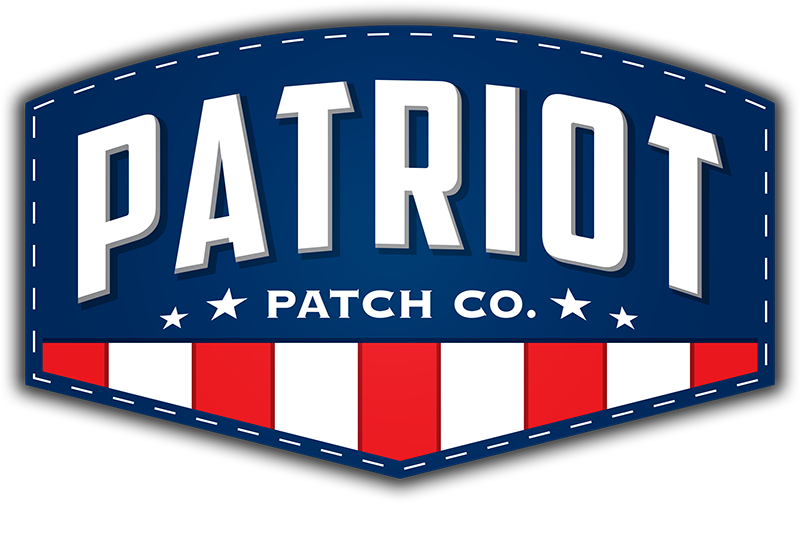4 Rules of Gun Safety
1. Treat every firearm as if it were loaded
2. Never point a gun at anything you are not willing to destroy
3. Keep your finger off the trigger until ready to fire
4. Be sure of your target and what is behind it
Rule #1 Explained: Treat every firearm as if it were loaded!
NEVER assume any firearm is unloaded.
Firearms can be loaded or unloaded but you shouldn’t ever assume that.
Treat every firearm as if it were loaded, chambered, and ready to fire.
Assume any firearm handed to you is LOADED.
Whenever a firearm is passed from one person to another, the person receiving the firearm must first assume that the firearm is LOADED until they have personally inspected and confirmed that it is unloaded. Even if they were told “don’t worry, it’s not loaded”.
Once a firearm has left a person’s hands, placed upon a table/ground/truck/etc, been holstered, or stored in a drawer or safe (even for a moment), it must be treated as a loaded weapon until its status is once again visually confirmed by yourself.
The only unloaded firearm is the one you have personally checked, unloaded/confirmed-is-unloaded and still retain in your hand.
If you do not understand how to handle and check a firearm’s safety status, do NOT take it! First receive a demonstration of its safe handling and operation.
In order to disassemble, clean or transport firearms, they must be safely unloaded first.
Rule #2 Explained: Never point a gun at anything you are not willing to destroy!
Muzzle = end of gun the bullet travels out of.
Never let the muzzle cover anything which you are not willing to destroy.
The catastrophic damage caused by a bullet fired from a gun should be considered at all times whenever handling a firearm.
Once a bullet exits the barrel of a gun, it cannot be recalled, any damage it causes cannot be undone. Always point the muzzle of the firearm in a safe direction away from anyone or anything you wish to keep safe and intact.
When setting a firearm down onto a table, truck or ground, be sure the muzzle of the firearm faces a safe direction.
In the case of an accidental discharge caused by mechanical failure (an extremely rare event) a firearm pointed in a safe direction will discharge away from people and anything else you don’t intend to shoot.
A negligent discharge is much more likely and is caused by failure to observe all 4 Rules of Gun Safety, constant muzzle discipline will be the best method to avoid injury, fatality or property damage.
Be very careful when considering a safe shooting direction. Bullets can ricochet, tumble or bounce off many types of surfaces, it is very important to consider your targets, backstop, and barriers.
Never place any part of your body in front of a firearm’s muzzle. Pay special attention to your hands, fingers and anybody else in the area.
Never leave your firearm unsecured or unattended.
Rule #3 Explained: Keep your finger off the trigger until ready to fire!
When you’re not on target, your finger should NOT be on the trigger. Always keep your finger pressed against the frame of the firearm and clear of the trigger until your target is visible in your sights.
Guns do NOT discharge on their own. Modern firearms are highly resistant to accidental discharge and mechanical failures. Guns discharge when a person engages the trigger.
No firearm safety mechanism can prevent a negligent discharge due to carelessness or dangerous handling of a firearm. If a firearm discharges, it’s because a person loaded it, chambered it and touched the trigger.
You must also prevent any other objects from entering the trigger guard area while storing, transporting, and holstering a firearm. Always be aware of any object that may find its way into the trigger area.
Always practice safe trigger discipline, your finger should NEVER go to the trigger when picking up a firearm. Your finger should always index along the side of the firearm, outside and away from the trigger.
Rule #4 Explained: Be sure of your target and what is behind it!
When handling a firearm, YOU ARE responsible for every round that exits the muzzle. Always be aware of anything or anyone behind or near your intended target.
Bullets can pass through intended targets and hurt people or property. Bullets contain enough energy to pass through many common barriers such as wood, steel, drywall, vegetation, etc.
Bullets that miss their target will continue their flight path. Bullets discharged toward the sky will return to the ground and still have the potential to cause serious injuries or fatality.
When operating the firearm YOU alone have a personal and legal responsibility to protect bystanders by knowing who and what your firearm is being pointed at. Wild shots and ricochets that inflict unintended injury and destruction are the sole responsibility of YOU the shooter.
It is important to understand what materials are being shot at and the effect it will have upon the bullets that strike it. Bullets will continue their flight path if they miss, pass through or ricochet off their intended target.
Gun Safety Stickers


